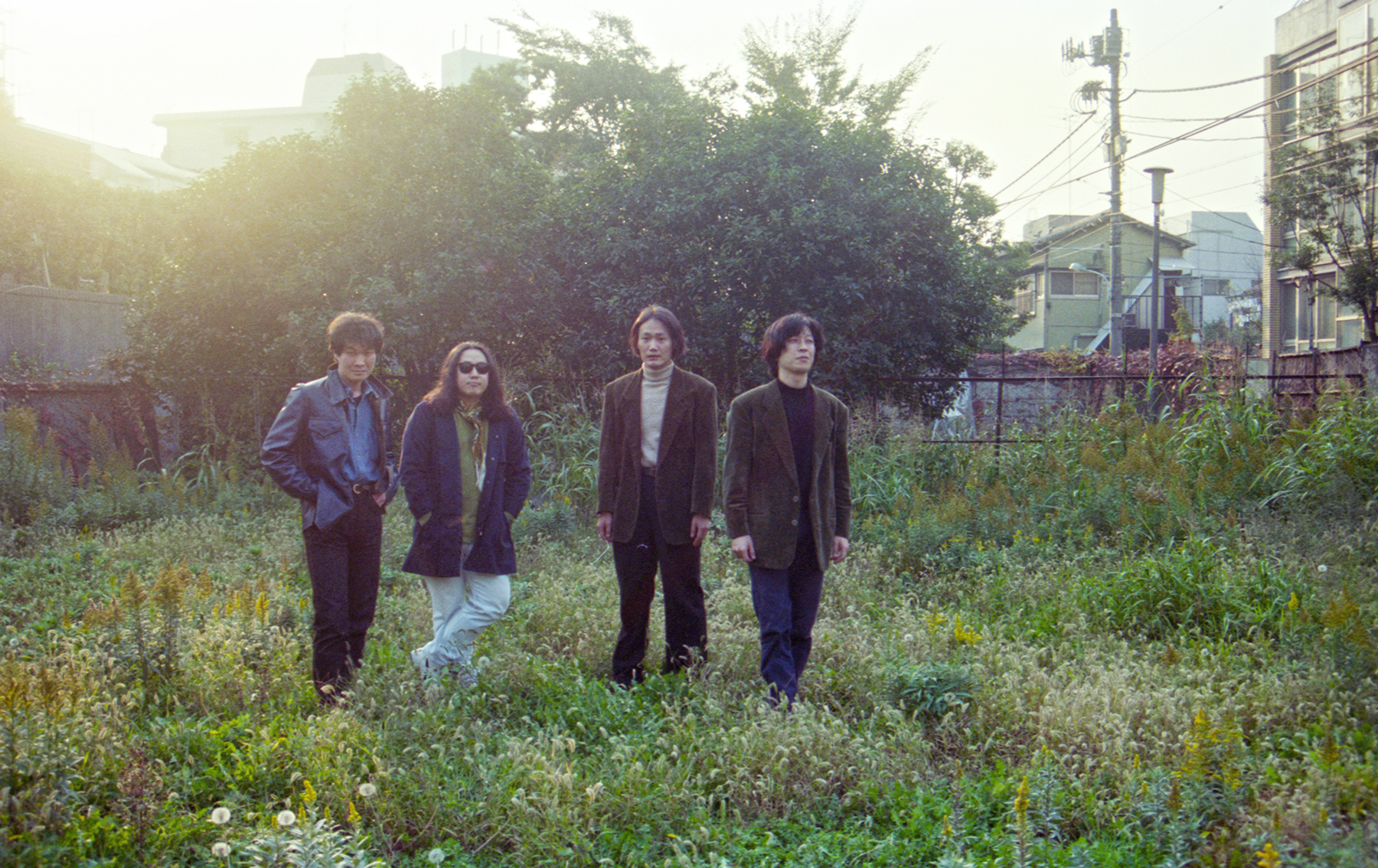White Heaven | Interview | Legendary Japanese Underground
Black Editions recently reissued one of the great unsung albums of the 90’s Japanese underground: White Heaven’s ‘Strange Bedfellow’.
Released two years after their classic debut, ‘Out’ (also reissued by Black Edition), White Heaven’s second album ‘Strange Bedfellow’ reveals the group shifting to a more dynamic and finely honed sound. You Ishihara’s songwriting and arrangements take center stage, leading the group to transmute classic west coast psychedelia and garage into a thrillingly direct collection of songs that span from fuzz drenched, driving rockers to smoldering numbers that fade into the night. Originally it was only available in an edition of 700 LP’s released in 1993 by PSF Japan, Black Editions masterfully remastered this deluxe edition.
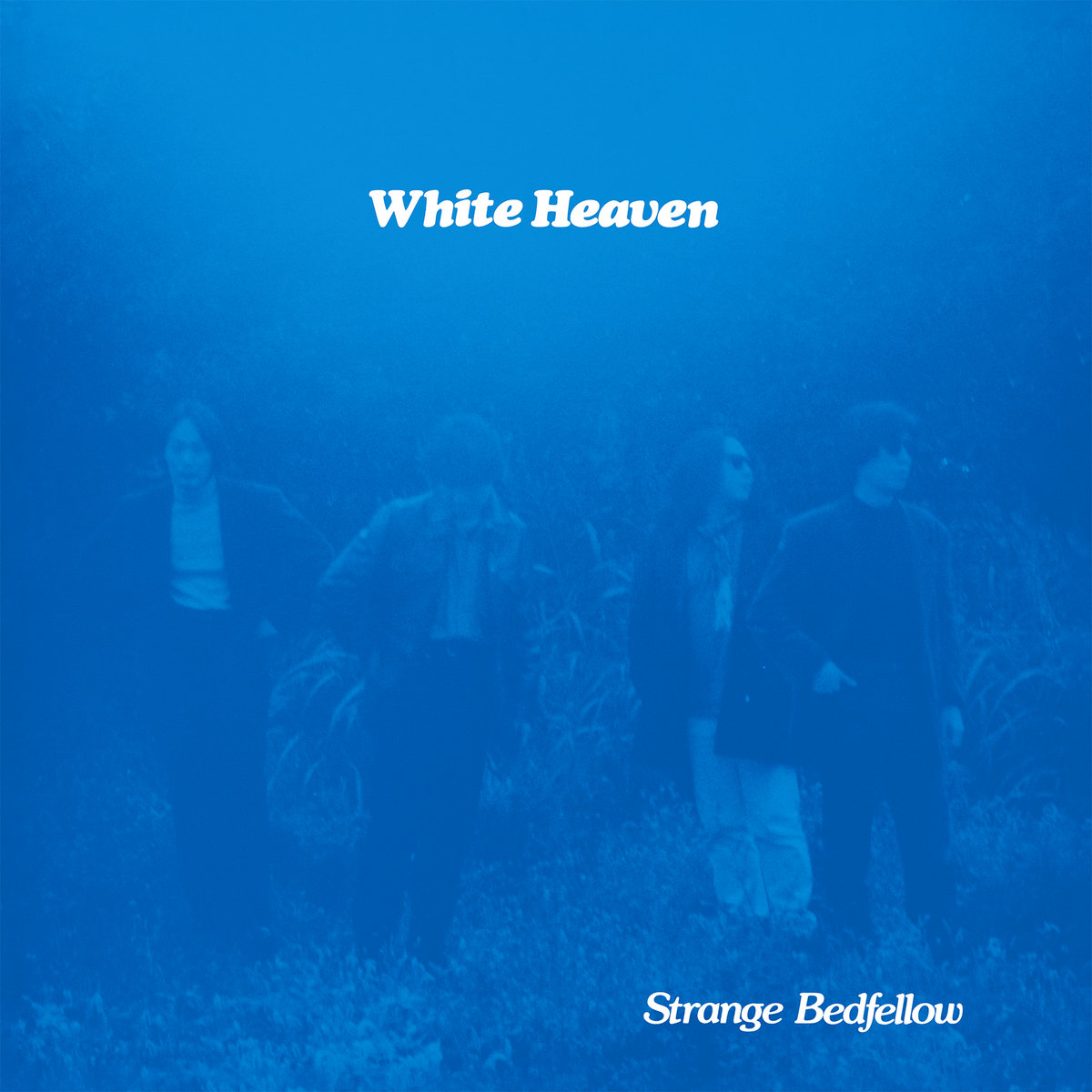
“I believe the music I’ve listened to, the books I’ve read, and the friends I’ve met”
We are very excited about the upcoming Black Edition reissue of your second album, ‘Strange Bedfellow’. How much work went into making that album?
You Ishihara: Thanks to the efforts of Black Editions, we’re happy to be releasing a very high-quality new edition. At the time, the production of the ‘Strange Bedfellow’ was completed in a few weeks. We recorded and mixed the album in (Soichiro) Nakamura’s studio, so we were able to spend more time on it than on the previous album, ‘Out’. Most of the songs on that album we’d played live before, but with ‘Strange Bedfellow’ more than half of the songs were entirely new, so we spent a lot of time writing the songs before we went into the studio.
Black Edition also reissued your debut album, ‘Out,’ but before we discussed it, I would like to ask about the very early years. What are some of the main influences that made you pick up an instrument and began playing? Was there a certain profound moment when you knew “this is it?” When did you begin playing music?
I guess it was the punk and post-punk movements of the 1976-79 period that made me start playing. Until then, I never thought I could play myself. It was around 1979 that I actually picked up an instrument and started playing.
What bands were you a member of prior to the formation of White Heaven? Tell us about the little known project called Ballet Mechanic and its release of ‘For You’ (Vision, 1981).
Around 1979-80, I started playing at Kamuna, a coffee shop I used to go to as a student, after the owner encouraged me to play there. One of the regulars there at the time decided to start a cassette label, and I asked people who frequented the store to help me collect sound recordings. As part of that, I released a single cassette under the name Ballet Mechanic. I think we produced several dozen of them. The members were myself, my brother, a friend who frequented Kamuna, and Mr. Nagano, who owned the store. The members were fluid.
Recently, when Mr. Yuzuru Agi, who ran Rock Magazine and Vanity Records, passed away, the cassette was unearthed among his belongings, which surprised me because I had completely forgotten that I had sent it to Rock Magazine at the time.
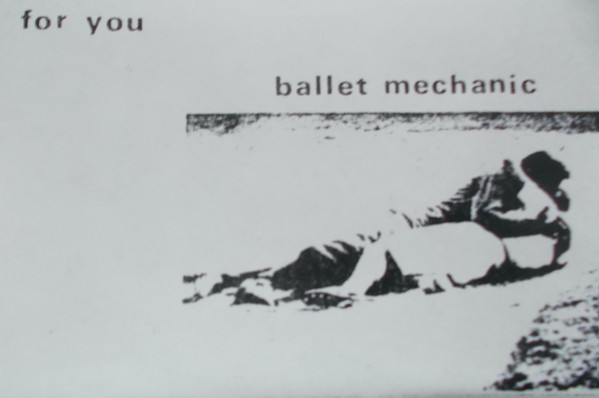
Can you elaborate on the formation of White Heaven? At the beginning you were called White Poppies (just for one show, I guess), what led to the name change?
In the early 80’s, Tetsuya Sakamoto, myself, and my younger brother spent a lot of time experimenting in the studio under the name “Living End.” When we met Ken Matsutani at Modern Music, we became a band. I think it was around ’85. At first we were called White Poppies, but after one show we changed the name to White Heaven. It was just my mood at the time, no particular reason.
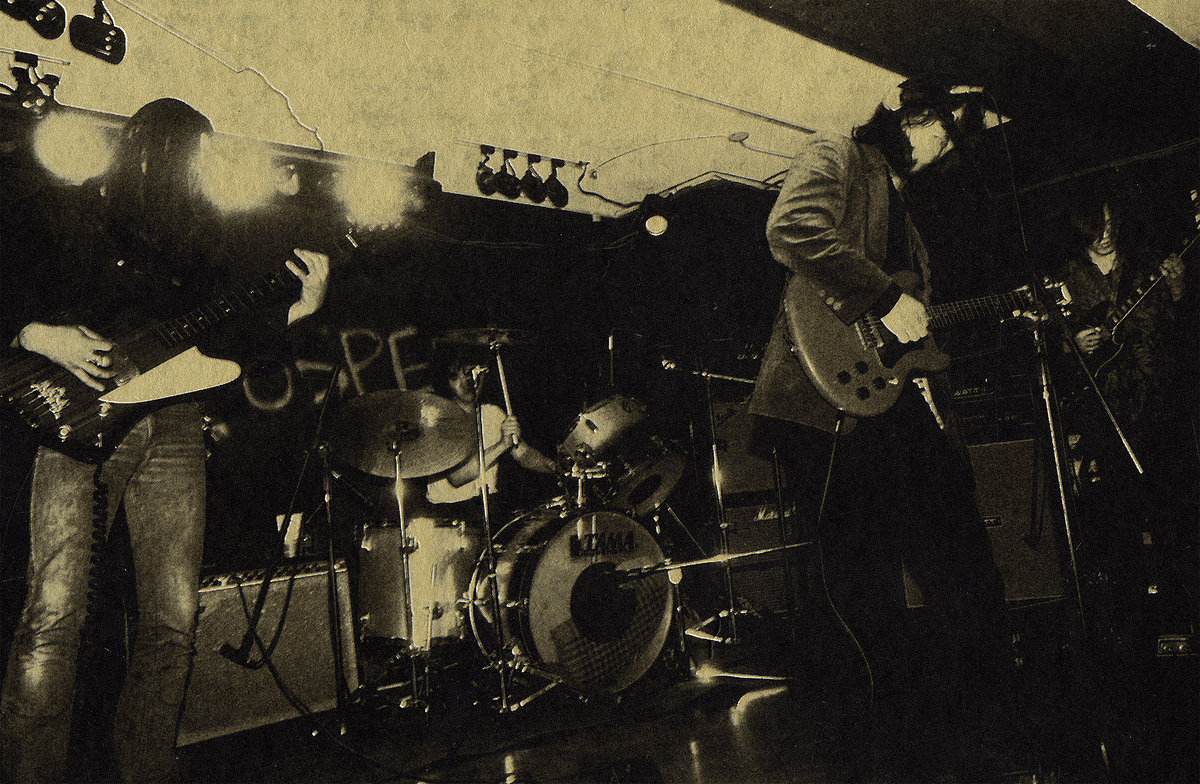
“I was interested in all music I’d never heard before”
When I interviewed Ken Matsutani a couple of years ago he told me that you knew a lot of music, where did you get your musical knowledge? Where did you buy records from?
In junior high and high school, I bought records at a local record store that also carried imported records. I was interested in all music I’d never heard before. I also obtained all the music magazines published at the time that I could get my hands on. I wanted information.
There were also some lineup changes and you also played under the name of Electric Cool Acid. That was released on a tape, right?
Electric Cool Acid isn’t the name of the band but the name of an event we organized. I remember that Electric Cool Acid events happened 3-4 times. The tape, later released on CD, ‘Electric Cool Acid,’ was recorded at the last event with White Heaven.
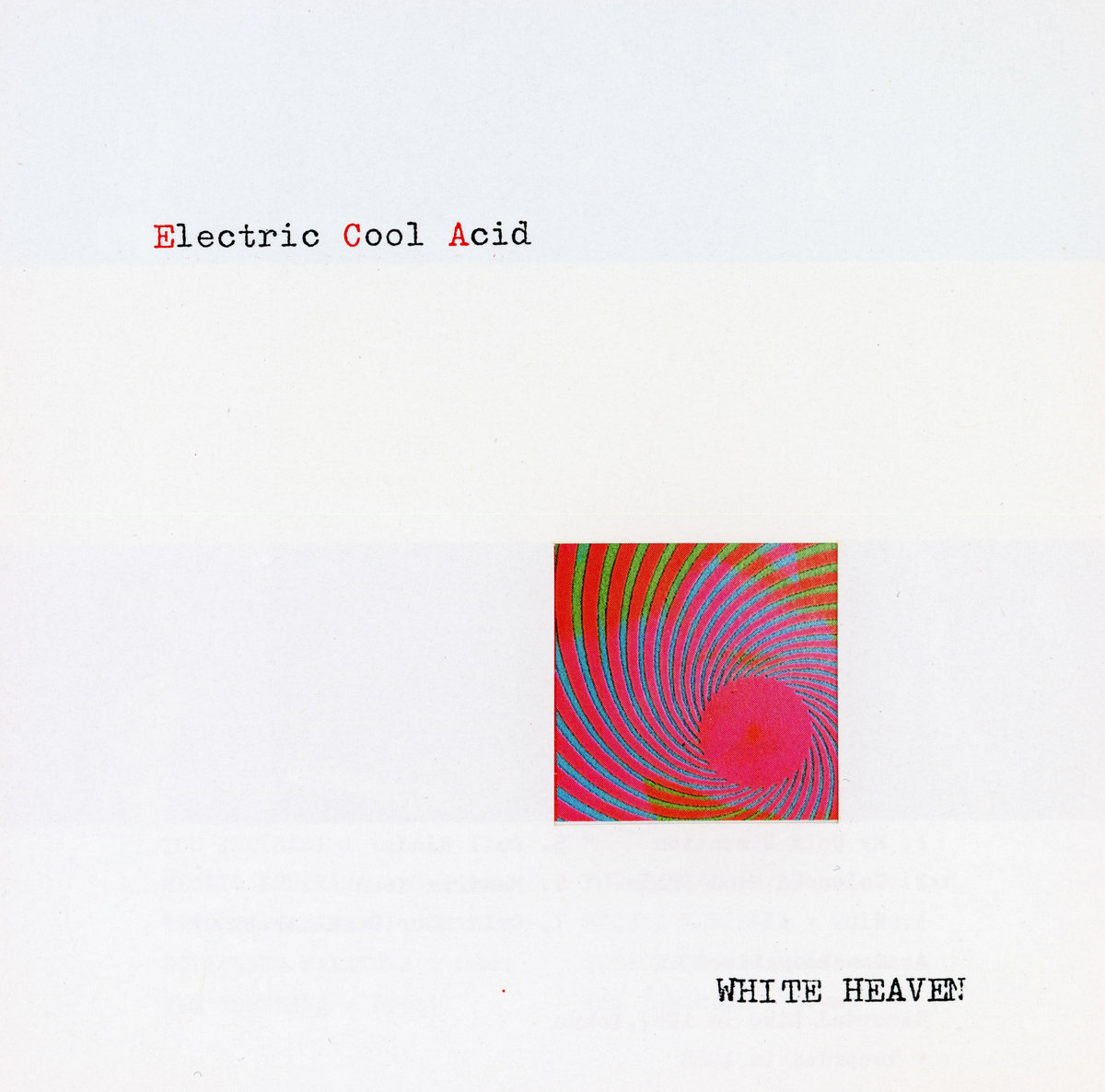
How did you get signed by P.S.F. Records?
I didn’t sign a contract. The owner, Mr. Ikeezumi, who came to see our live show, asked me if I would like to release an album with his label, and I said yes.
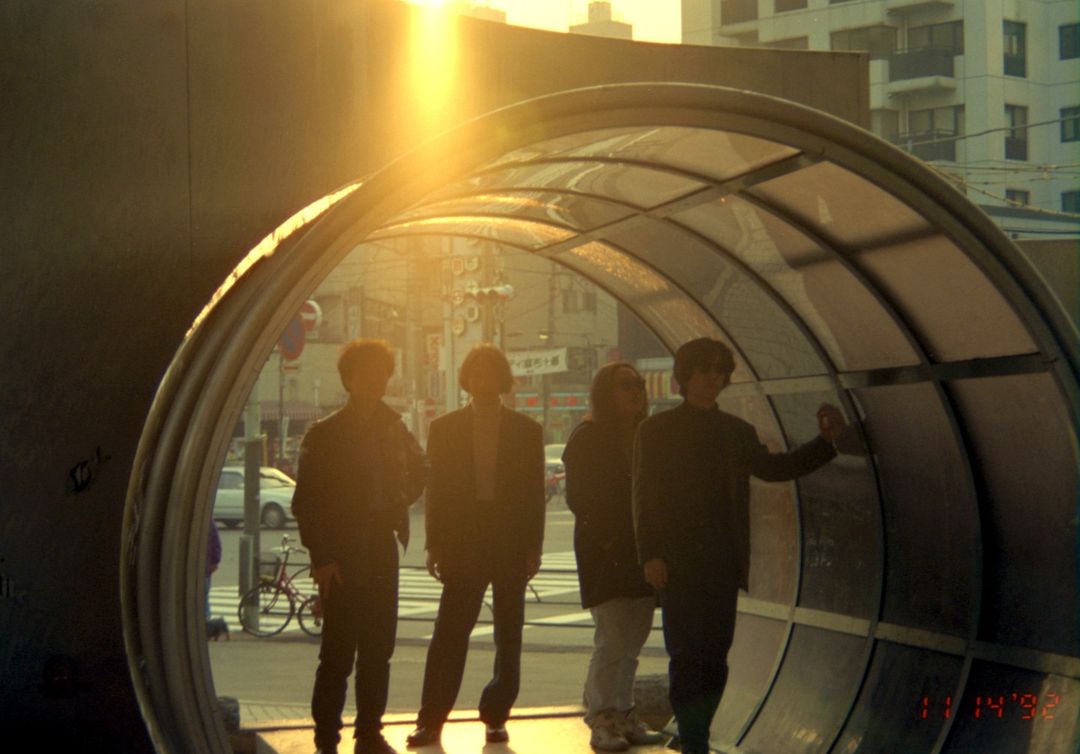
What are some of the strongest memories from recording ‘Out’? Would you say there was a certain concept behind it?
‘Out’ was our first studio recording and the schedule was tight, so it was over in no time. I think the performance is close to our live show. At the time, White Heaven didn’t have a permanent bassist, so we asked Yoshimoto-kun to play.
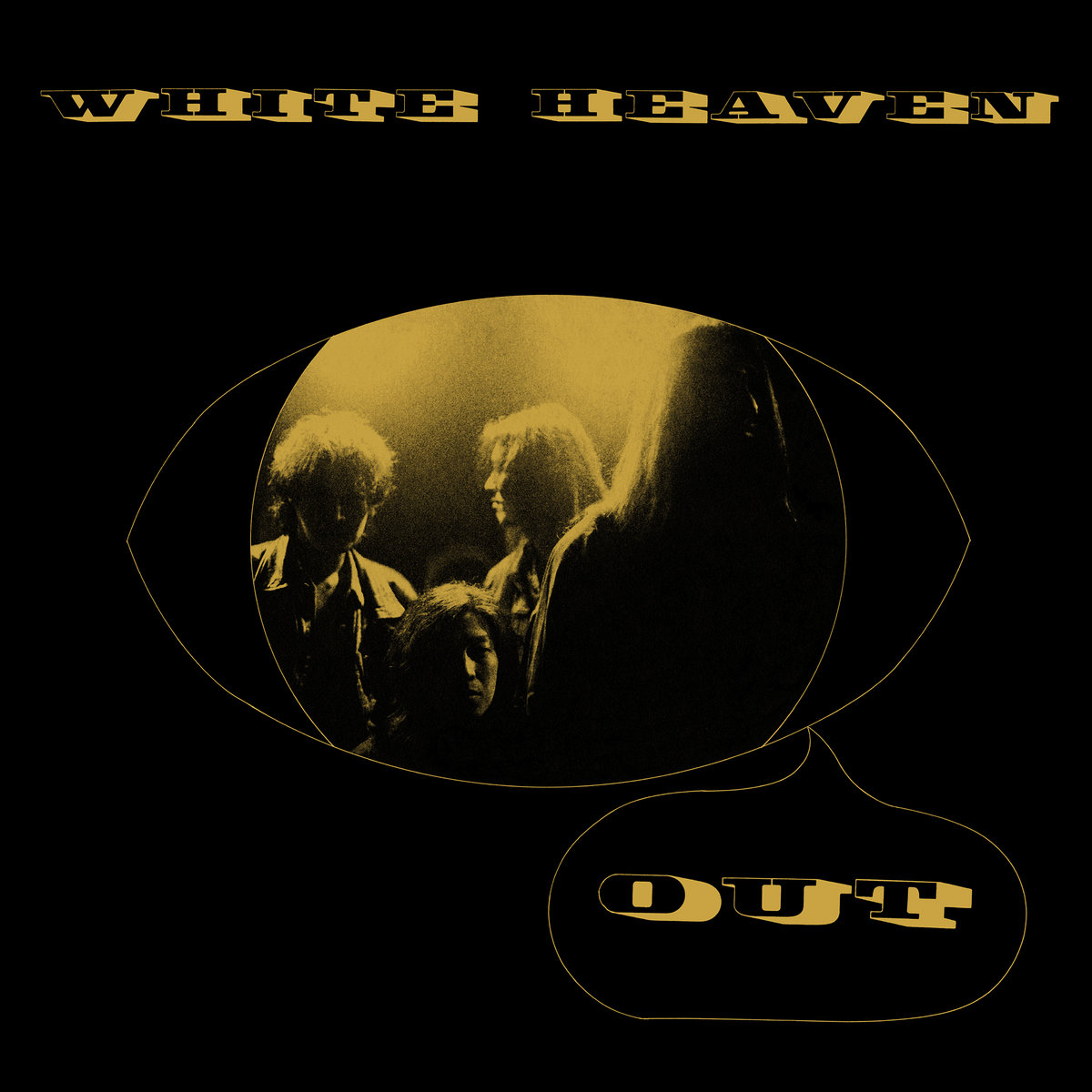
We didn’t have a clear concept, but we wanted to record the band’s “raw” sound as it existed at that point in time.
Can you tell me when the recording of ‘Levitation’ was held? As far as I understand, it was recorded between ‘Electric Cool Acid’ and ‘Out’ in 1988 after Ken Matsutani left the band to form Marble Sheep?
It was recorded in 1988, the band had no live performances for a year after Matsutani left in the fall of 1986 and Kurihara joined, and Sakamoto left in 1988, leaving the band as a four-piece, so studio rehearsals were recorded. I received an offer from an American label and released it as an LP in ’97. Three of the four songs were improvised on the spot.
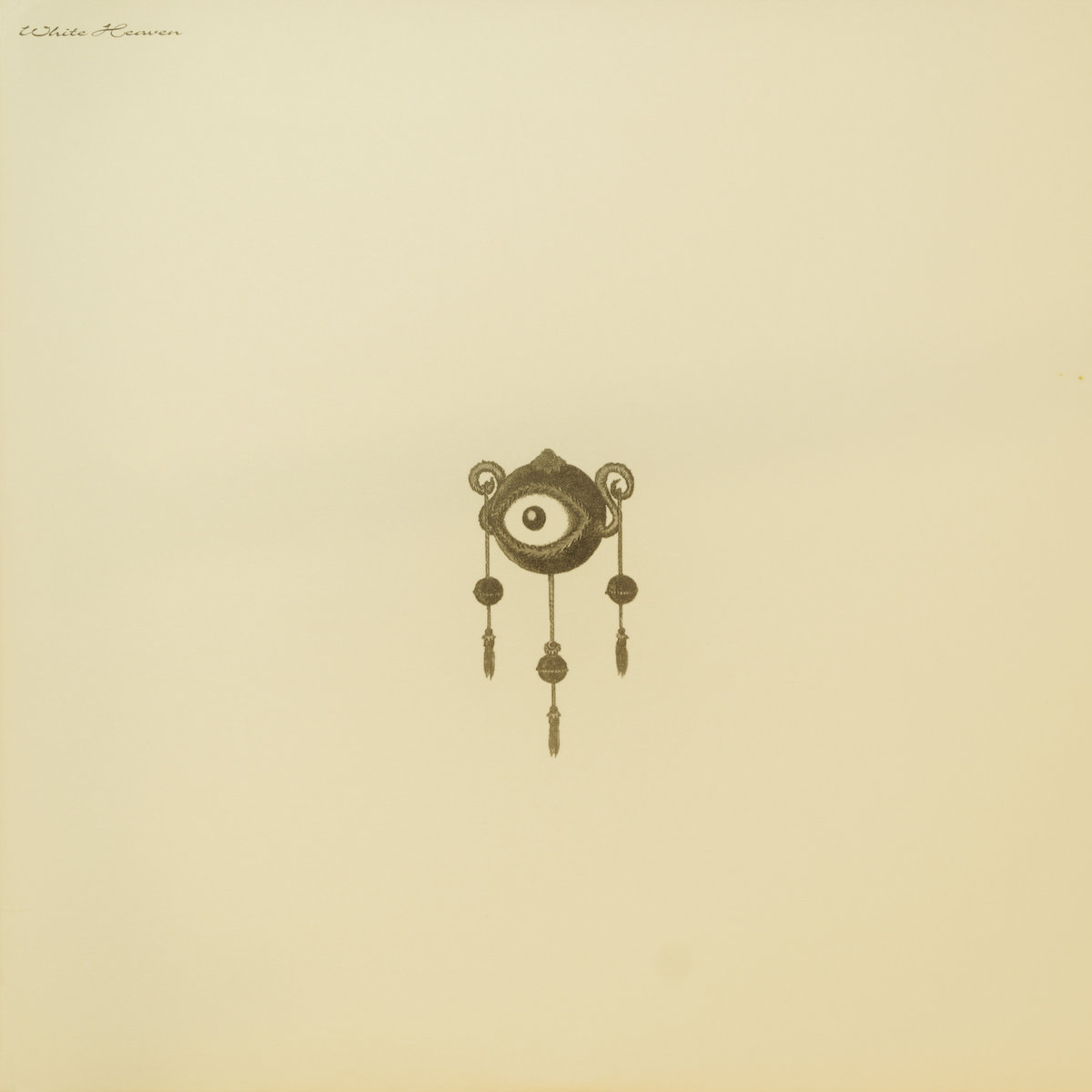
Where did White Heaven play? What are some of the bands you shared stages with?
In the early to mid-period, we played only at live houses in Tokyo. In the latter period, we also performed in the Kansai area and overseas.
We played with many PSF-related musicians such as Keiji Haino, Kan Mikami, High Rise, and also YuraYura Teikoku. I would play whenever I was invited to an event.
How would you describe the “local” underground scene at the time? How did it change compared to the 80s, 90s and today?
In those days, there was basically little connection between bands in Tokyo, even though they sometimes played live together. There were personal relationships, but I don’t think there was a sense of camaraderie as a scene.
Nowadays, it seems to be further subdivided into smaller groups, so I’m not sure.
Would you like to talk about your solo release, ‘Passivité’? And you have recently released another one, ‘Formula’.
Mr. Kaneda, who was organizing White Heaven’s live performances, asked me if I would like to make a solo album, and so, we started working on Passivité. The members were Kurihara and Shimura from White Heaven, and Kamegawa from Yura Yura Teikoku, which I was producing at the time. I feel that I was able to do what I personally wanted to do, not in the form of a band. By that, I mean that I had vaguely thought “I want to make this kind of album” before forming White Heaven.
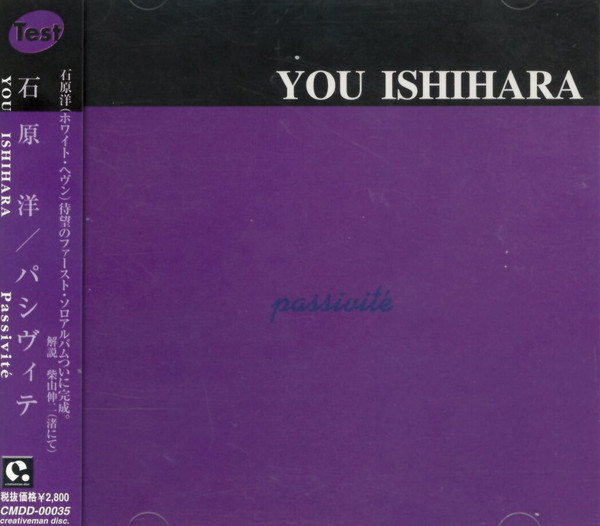
‘Formula’ is a concept that I had in my head for many years but I couldn’t find a way to make the sound image I’d imagined into a reality. Sakamoto of Zelone told me, “No matter what the content is, if you think it’s right, we will release it,” so I was able to produce the album without any reservations. I knew there would be pros and cons, but I think I was able to create what I wanted, including the jacket.
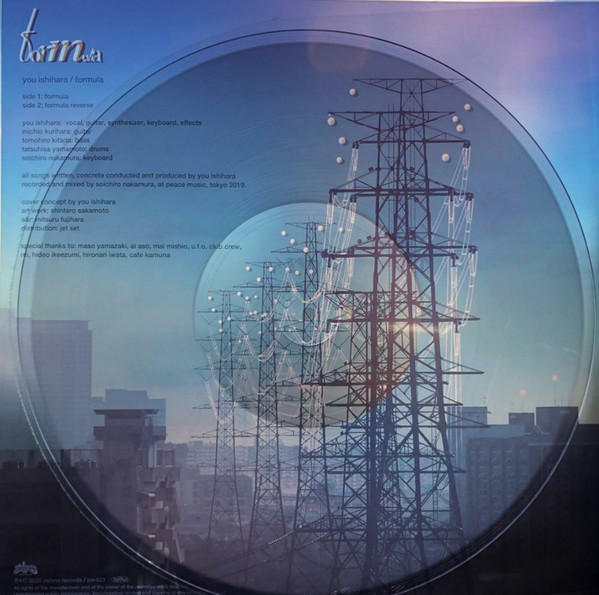
A band that needs much more attention is definitely The Stars. What idea led to the formation of this band? What can you tell us about the two fantastic albums you released?
In White Heaven, I had to decide everything by myself, but I wanted to divide it into four equal parts. But that didn’t turn out to be the case. Musically, I was thinking of something that would be easier to understand than White Heaven. The Stars EP released by PSF was produced with an awareness of the distance from White Heaven.
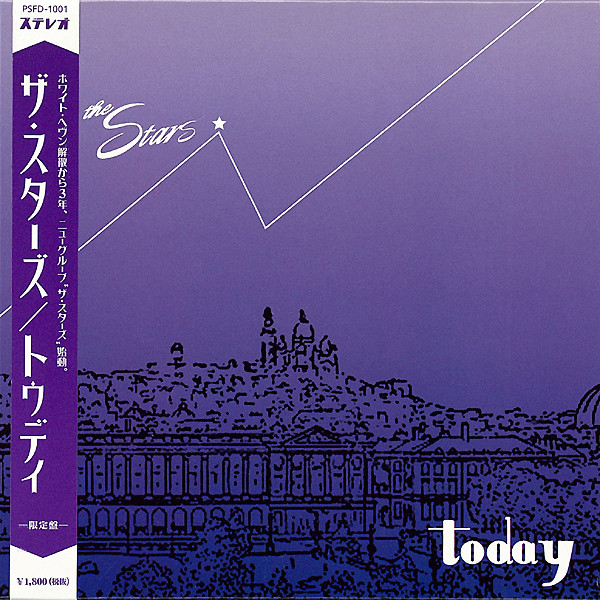
The album ‘Will’ incorporates acoustic experiments that I hadn’t done before, but it’s basically an extension of the EP.
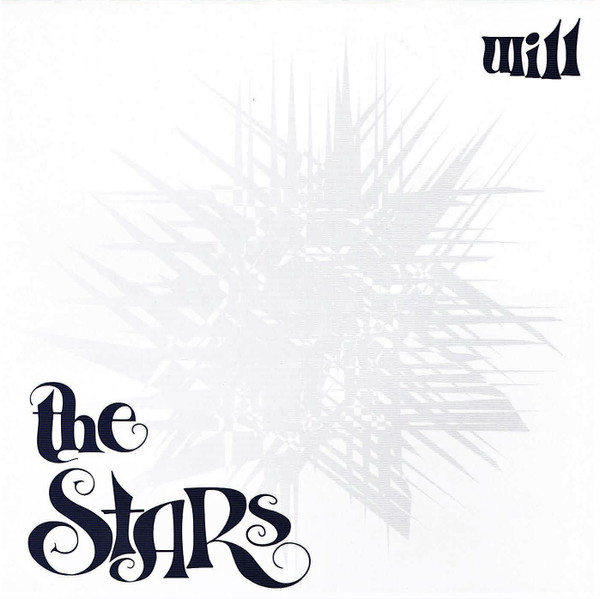
I think that ‘Perfect Place To Hideaway’ ended up being The Star’s culmination. Yura Yura Teikoku’s breakout also brought in much larger live audiences than there were for White Heaven, but I decided to leave the band because I could no longer find any positive meaning in the band format itself. I asked the members if they would continue with the band by replacing me, but after some discussion, we decided to break up.
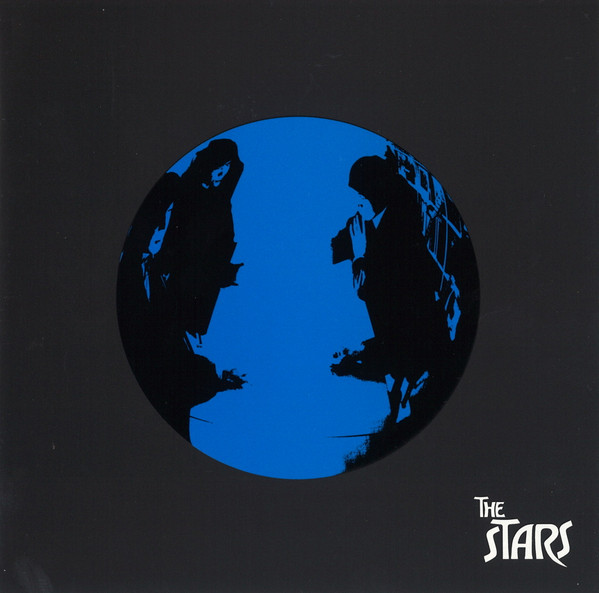
You’re also involved with Yura Yura Teikoku?
I was involved in sound production and arrangement for most of their albums.
What currently occupies your life? Are you involved in any other bands or do you have any active side-projects going on at this point?
I live a normal life. I’m not working on my own music at the moment, but I am in charge of sound production for a project called Exne Kedy.
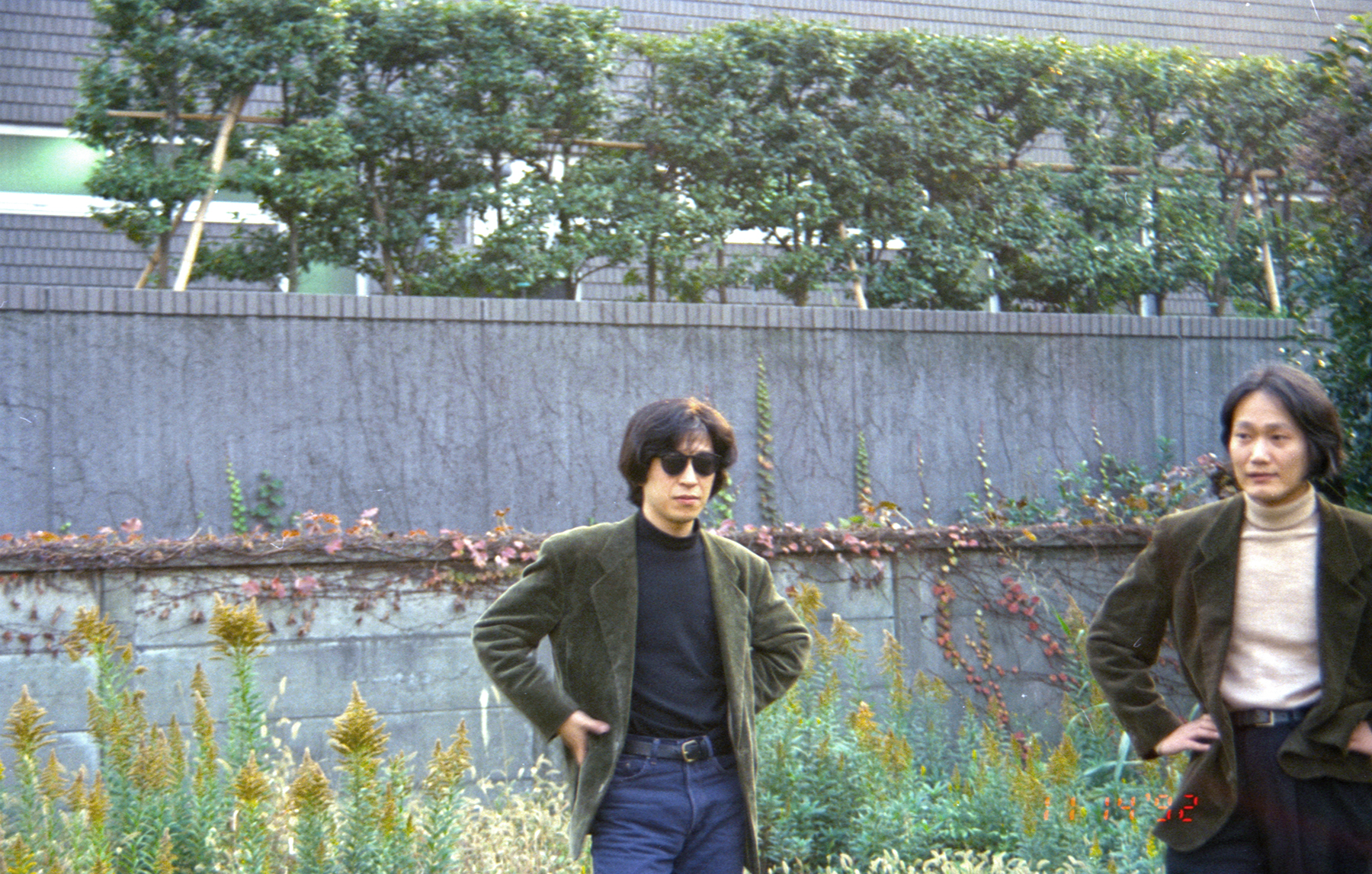
What are some of the most important players that influenced your own style?
I believe the music I’ve listened to, the books I’ve read, and the friends I’ve met by chance have all influenced me in tangible and intangible ways.
Klemen Breznikar
A very special thanks to Peter Kolovos.
Headline photo: White Heaven, Strange Bedfellow photo sessions (November 1992 in Tokyo) | L-R: Ken Ishihara, Soichiro Nakamura, Koji Shimura, You Ishihara
Black Editions Official Website / Facebook / Instagram / Twitter / Bandcamp / YouTube

